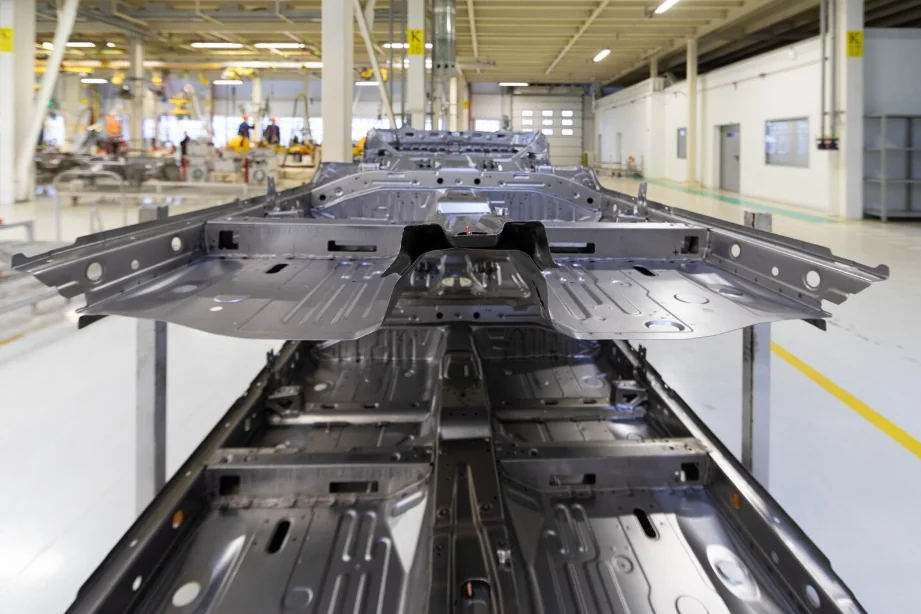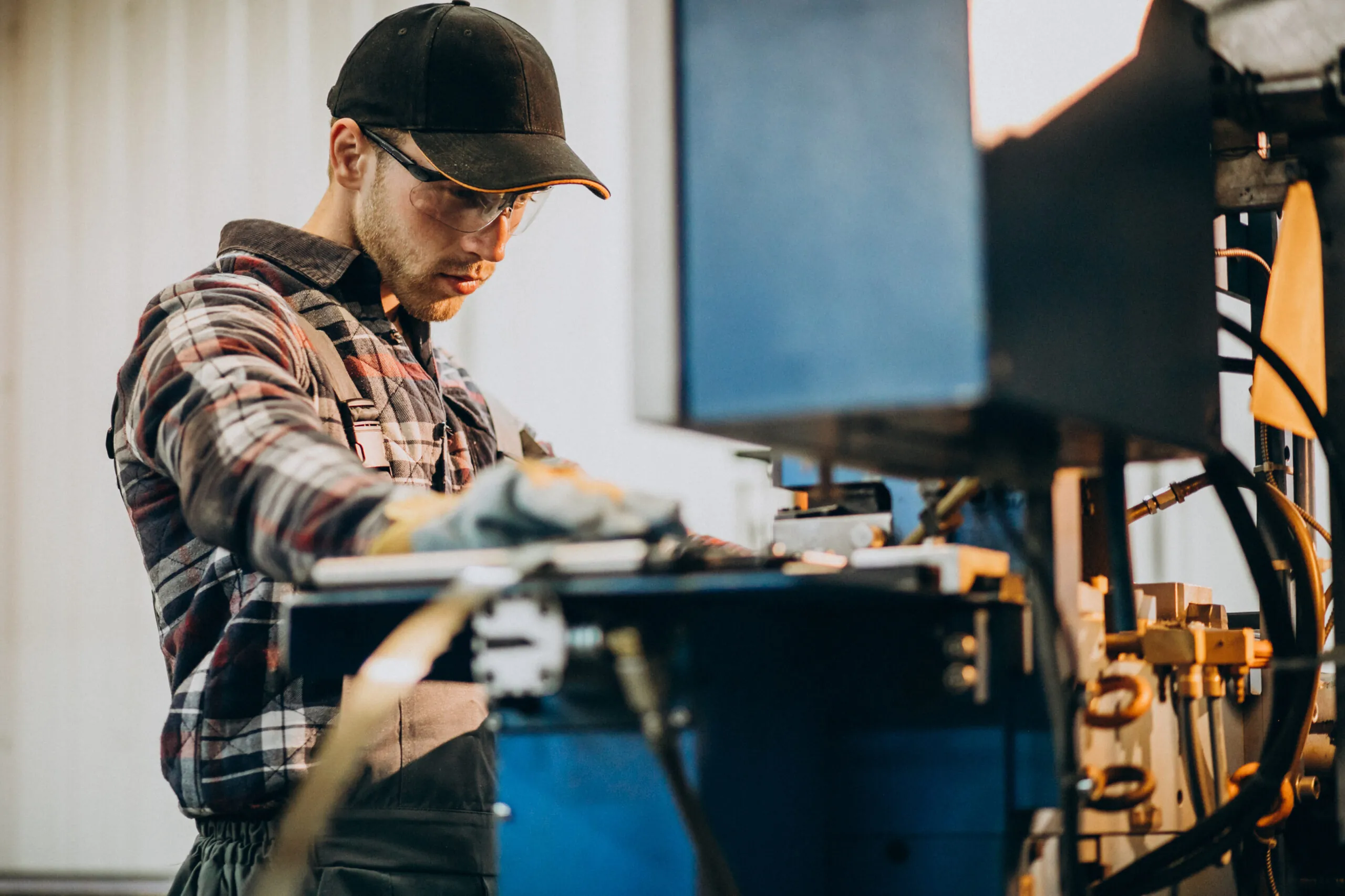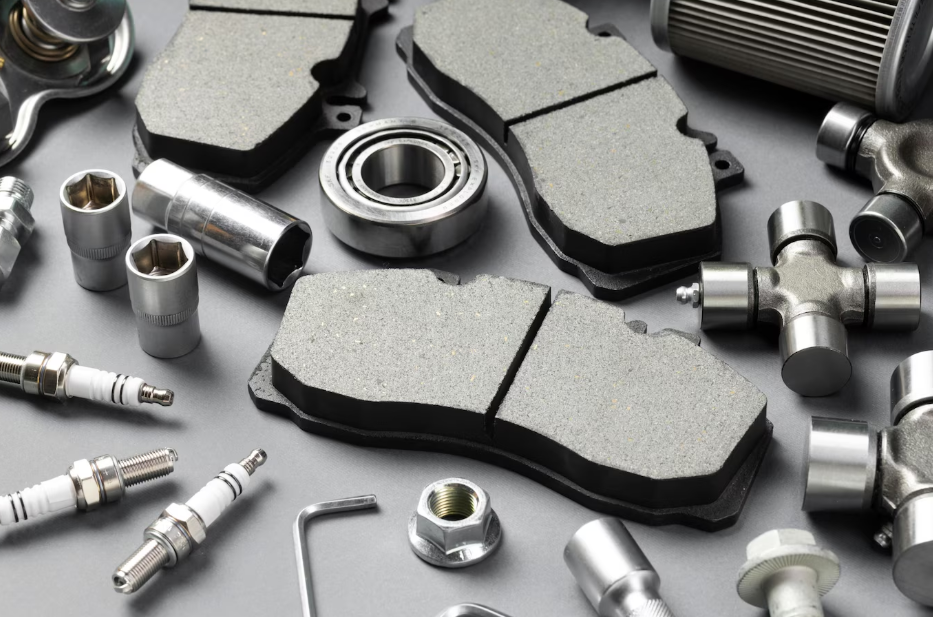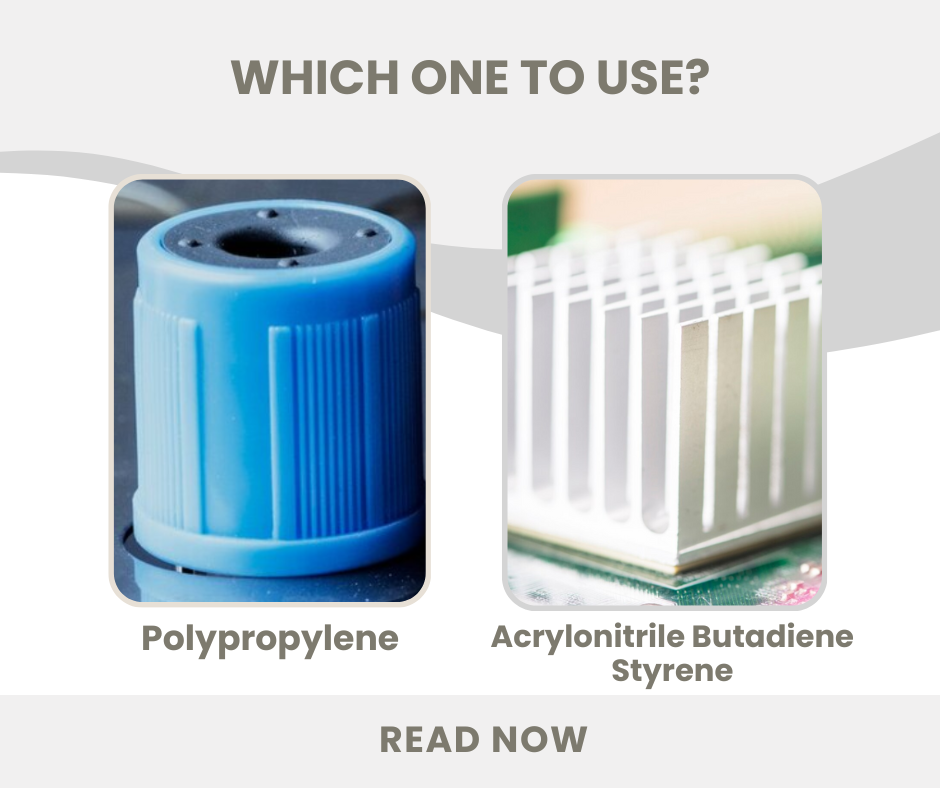Precision matters since even a micrometer of error in a gear can cause vibration and wear. It keeps safety systems within design limits, so brake calipers clamp evenly and airbags fire on time. It also lets parts fit first time on the line, cutting scrap and energy. So, automotive component manufacturing sinks effort into tight tolerances, process control, and inspection.
This article will help automotive plastic parts manufacturers identify and avoid precision mistakes.
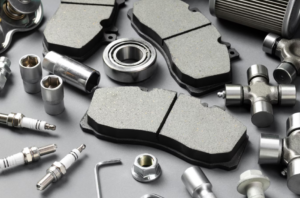
Table of Contents
ToggleMistake #1: Poor Design for Manufacturability (DFM)
Ignore DFM during automotive component manufacturing, and tolerances that looked fine in isolation stack in ways the shop cannot hold. Holes drift, flanges end up shy or proud, and parts refuse to seat as intended. The misalignment shows up only at assembly while triggering last-minute shimming, grinding, or scrap because the stack-up left no room for variation.
CAD freedom then tempts designers to add sharp internal corners, re-entrant slots, and deep pockets that standard round cutters simply cannot clear, so features become unmachinable without slow EDM cuts or custom long-reach tools.
The result is a project that runs late, costs more, and frustrates everyone—pain that a quick DFM review would have prevented.
Mistake #2: Inappropriate Material Selection
In automotive component manufacturing, using a material that can’t handle thermal cycles, mechanical loads, or vibration can lead to warping, cracking, or dimensional drift. These issues often surface during CMM inspections, triggering failed tolerances, rework, and scrap.
Whether for interior brackets or under-hood parts, poor material choices compromise both fit and function. Evaluating strength, thermal stability, and manufacturability early on is key to ensuring long-term performance and precision.
Poor Material Choices in Harsh Service
- ABS interior clip warps in a parked car.
- PLA dash bracket softens and sags within hours.
- Unreinforced Nylon 6 turbo duct shrinks and misses its seal after molding.
- Semi-crystalline PP battery cover creeps and bows during under-hood heat-soak.
- Cast AZ91 magnesium transmission case cracks under drivetrain vibration.
- Lightweight aluminum engine mount bracket deforms and fatigues in long-term shaking.
Mistake #3: Tolerance Stack-up Mismanagement
In automotive component manufacturing, tolerance stack-up is the total variation created when every part-level tolerance in a fit path combines to define how far the assembly can wander from nominal.
Tiny offsets that pass drawing inspection can line up in the same direction, so fastener patterns miss, seals leak, or clips refuse to engage. Once the summed error exceeds the clearance window, you face shimming, grinding, or scrap at the line. That drives cost and delay as surely as a bad design feature, so controlling the stack is as vital as picking the right geometry.
Managing Critical Dimensions and GD&T
- Flag critical dimensions first and anchor them to a clear datum scheme.
- Tighten only features that affect function; GD&T keeps the rest economical.
- Run statistical (Monte Carlo) stack-up studies, not just worst-case sums.
- Maintain a live digital model so every design change updates the stack automatically.
- Feed real process-capability data into the model and tune tolerances as tooling matures.
- Confirm assumptions with CMM checks and SPC during pilot builds.

Mistake #4: Inconsistent Manufacturing Processes
Tool wear shaves only microns from an endmill, yet that is enough to move hole centers and raise burrs. Unchecked, each part creeps further from print.
A mold running just 5°C hotter shrinks less and leaves clips too thick. A cooler mold warps thin ribs instead. Improper clamp force or a swapped insert lets flash leak at the parting line and pushes dimensions out of spec.
Any one of these variations multiplies across a lot, and the assembly line suddenly fights mismatched parts—an old story in quality audits for high-volume work. That is why, in automotive component manufacturing, repeatable settings matter as much as good design.
Process-Control Must-Dos
- Log melt and mold temperatures and hold them to ±1°C.
- Plot cavity pressure with SPC charts and stop the press at the first trend.
- Service molds on a fixed shot count to catch wear before flash appears.
- Monitor tool wear in real time and replace cutters by data, not guesswork.
- Probe each machined part in situ and auto-update offsets to kill setup drift.
- Track Cp/Cpk and only tighten tolerances that the process can actually hold.
Mistake #5: Choosing the Wrong Manufacturing Partner
Choosing the wrong manufacturing partner is a shortcut that ends in public recalls, line stoppages, and bruised reputations. Suppliers without automotive experience or a certified quality management system can miss latent defects, react slowly to change, and leave you stuck with scrap or warranty claims—costs that dwarf any savings from a low quote.
An inexpert in automotive component manufacturing may skip APQP steps, lack PPAP discipline, or misunderstand traceability needs, so small issues grow unchecked until they reach the customer.
Qualities of a Reliable Partner
- Holds ISO 9001 and IATF 16949 certificates.
- Maintains ISO 14001 for environmental compliance.
- Uses SPC dashboards to catch drift in real time.
- Audits and qualifies sub-tier suppliers to the same standard.
- Provides resident engineering support for DFM feedback.
- Shares clear, timely corrective-action reports when issues arise.
- Has transparent recall and warranty data you can review.
Partner with APT-Mold for Precision Manufacturing
Avoiding these precision pitfalls requires more than awareness—it takes an experienced manufacturing partner with deep expertise in automotive standards. APT-Mold provides exactly that. With proven capabilities in CNC machining and high-precision plastic injection molding, we help automotive teams deliver high-precision components that meet strict dimensional and performance requirements during automotive machining.
- Precision in Every Part: Our CNC machining delivers tight tolerances using 3-, 4-, and 5-axis equipment, ideal for custom prototypes and metal components. For plastic parts, our automotive injection molding process uses precise tooling and automated trimming to ensure consistent dimensions across high volumes. Both methods are backed by strict in-house quality checks.
- Support at Every Stage: We offer DFM analysis, rapid prototyping, low-volume runs, and scalable production—all under one roof. With in-house engineering, automated systems, and certified quality management, we help you move faster and smarter.
- Ready for Real-World Auto Parts: Whether it’s interior trims, structural brackets, or exterior prototypes, we use advanced CNC, injection molding, and 3D printing to deliver reliable results. Our IATF 16949 certification ensures every part meets the industry’s toughest standard.
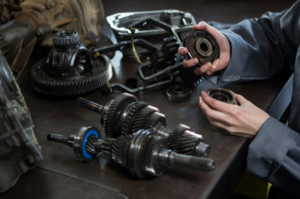
(Copyright photo from: https://www.freepik.com/free-photo/female-mechanic-holding-spare-parts-car_1005668.htm)
With over 100 experts and 4,000+ successful projects worldwide, APT-Mold delivers reliable, high-quality automotive components on time. Partner with us to streamline your manufacturing process and ensure precision at every stage. Contact us today for a project review or quote.

